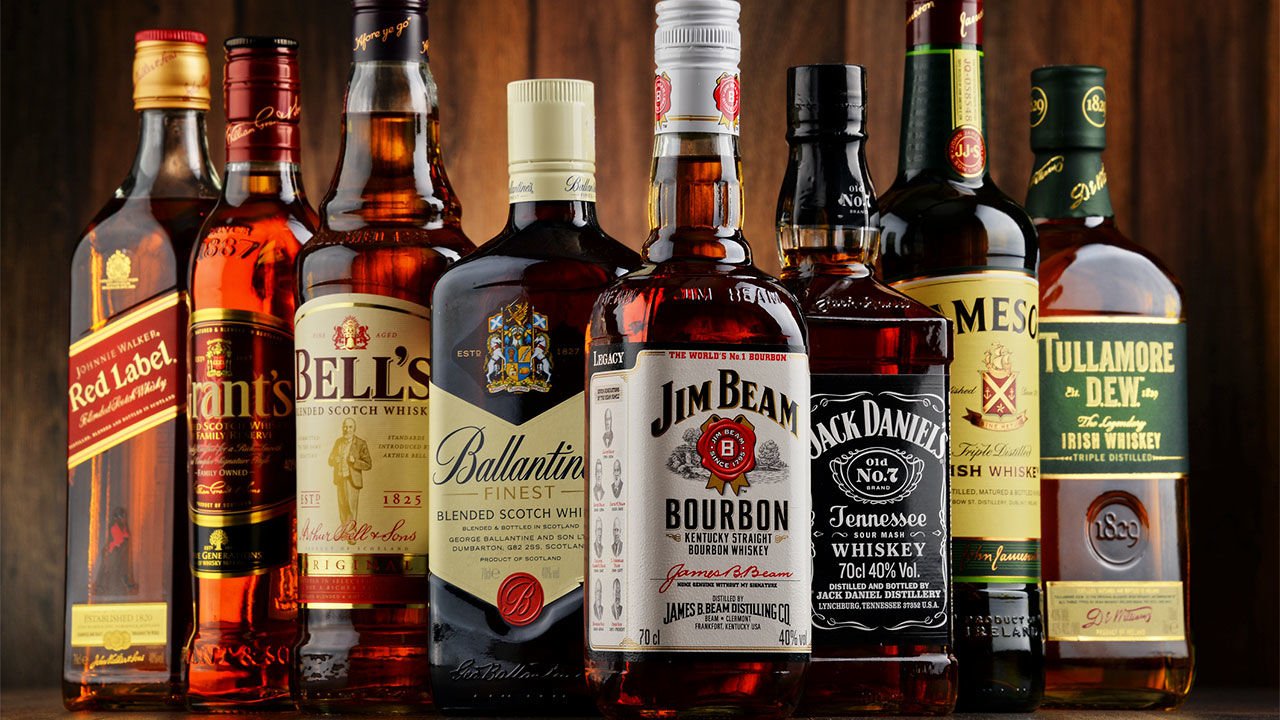
Why is Whisky Having a Moment in 2021?
Despite uncertainty surrounding Brexit and the ongoing COVID-19 pandemic, whisky is set to have a bumper year in 2021. There’s no denying the impact that the geopolitical storm of last year had on the sector in terms of exports, but the value of whisky has continued to rise and new technologies are ensuring that the popularity of the market remains intact.
Whisky’s value is both reliable and potentially lucrative
COVID-19 has had a monumental impact on the financial industry. Even the most steady businesses are vulnerable to the current economic turmoil and fluctuating market conditions. UK interest rates from banks dropped from 0.25% to 0.1% in 2020 and are speculated to drop below zero in 2021.
But tangible assets are more immune to the financial implications of the pandemic as their value is not contingent on external factors. The value of whisky is rapidly increasing, with Knight Frank’s Wealth Report indicating that its worth had risen by over 550% in the last ten years. This immense upwards trajectory is only emphasised further when compared to the growth in other sought after assets, such as cars (194%), art (141%) and wine (120%).

In fact, one of the world’s rarest single malt whiskies is predicted to become the most expensive bottle ever sold when it is auctioned next month. The Macallan 1926 Fine and Rare 60 Year Old is one of only 14 in existence and is expected to top the previous record of £1.2m. As explained by Hard To Find Whisky, all whisky is created equal but some whiskies rise to the top of the pile based on their vintage, distillery, age and quantity.
Coronavirus will impact the rarity of certain bottles
The value of whisky is based on brand, age and, crucially, the volume produced. Coronavirus has forced many distilleries into temporary discontinuation, or at least decreased production. The Scotch Whisky Association announced that during the first lockdown 87% of production sites were either running on reduced capacity or closed entirely.
In light of this, the amount of whisky made this year has seen a significant decrease. In fact, 2020 was perhaps the lowest ever year of production compared to production capabilities. Whisky produced in 2020 will therefore become rarer and rarer with time, more so than that of 2019, for example, when production was running normally. In 15 to 20 years time, 2020 whisky will be an incredibly profitable asset. And the longer you own it, the more value it will gain.

New technology prevents fakes
A major threat to the whisky industry is the sale of counterfeit blends with purported distillation years in the 19th and early-to-mid-20th centuries. According to a study by Cambridge Core, up to one-third of rare whiskies on sale at auction are fakes. But now improved scientific techniques are able to authenticate and date rare bottles, helping to spot and prevent counterfeits whiskies from infiltrating the market.
One new method of detection uses lasers to test a whisky’s chemical make-up, revealing its legitimacy and whether it’s safe to drink. When the laser is shone into the whisky, the liquid scatters light into different colours. The unique mix of colours indicate the chemical composition of the liquid and is used almost as a fingerprint to verify the sample. The laser is able to do this without having to open the bottle, meaning the whisky maintains its integrity and long-term value.




